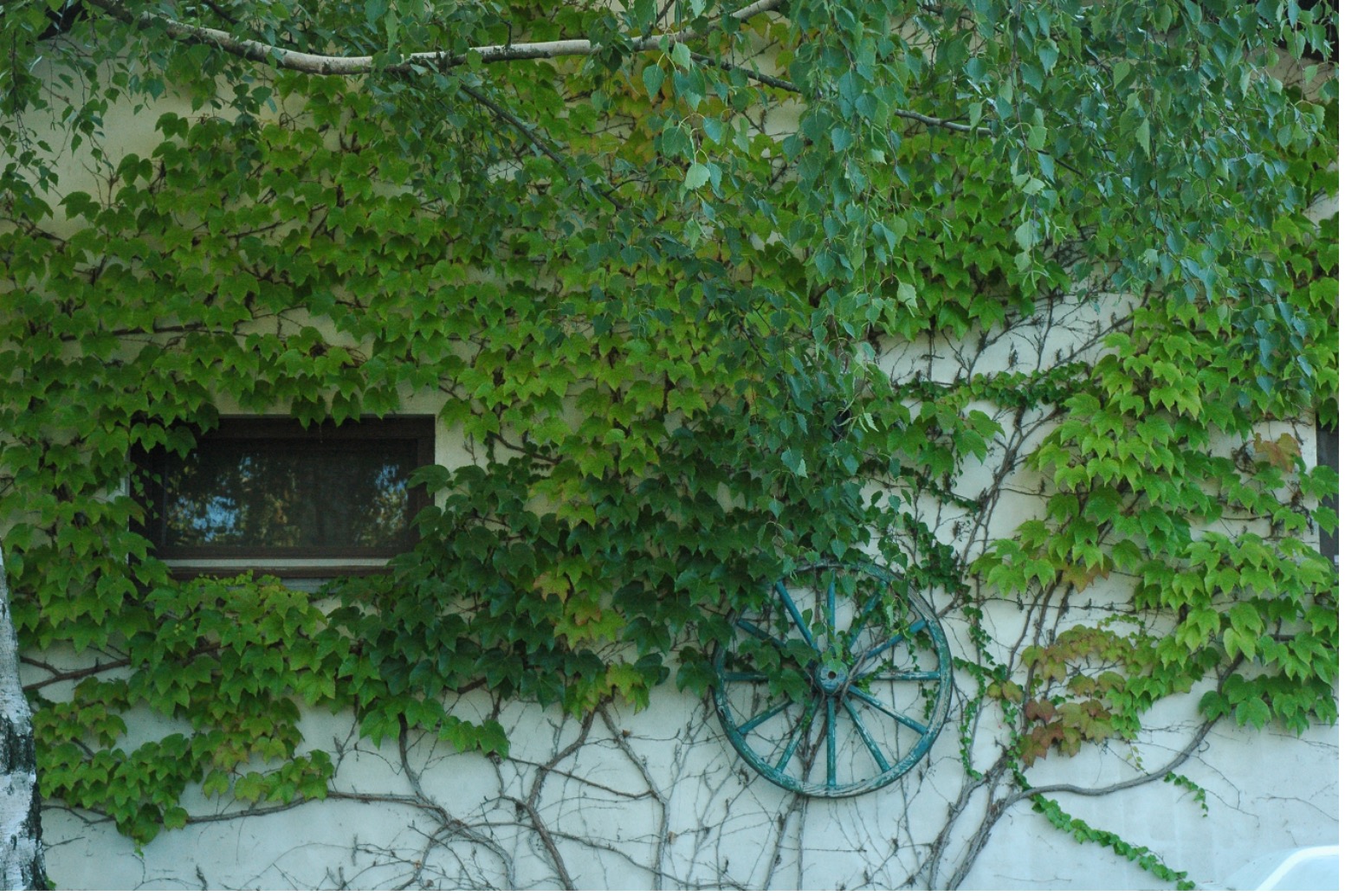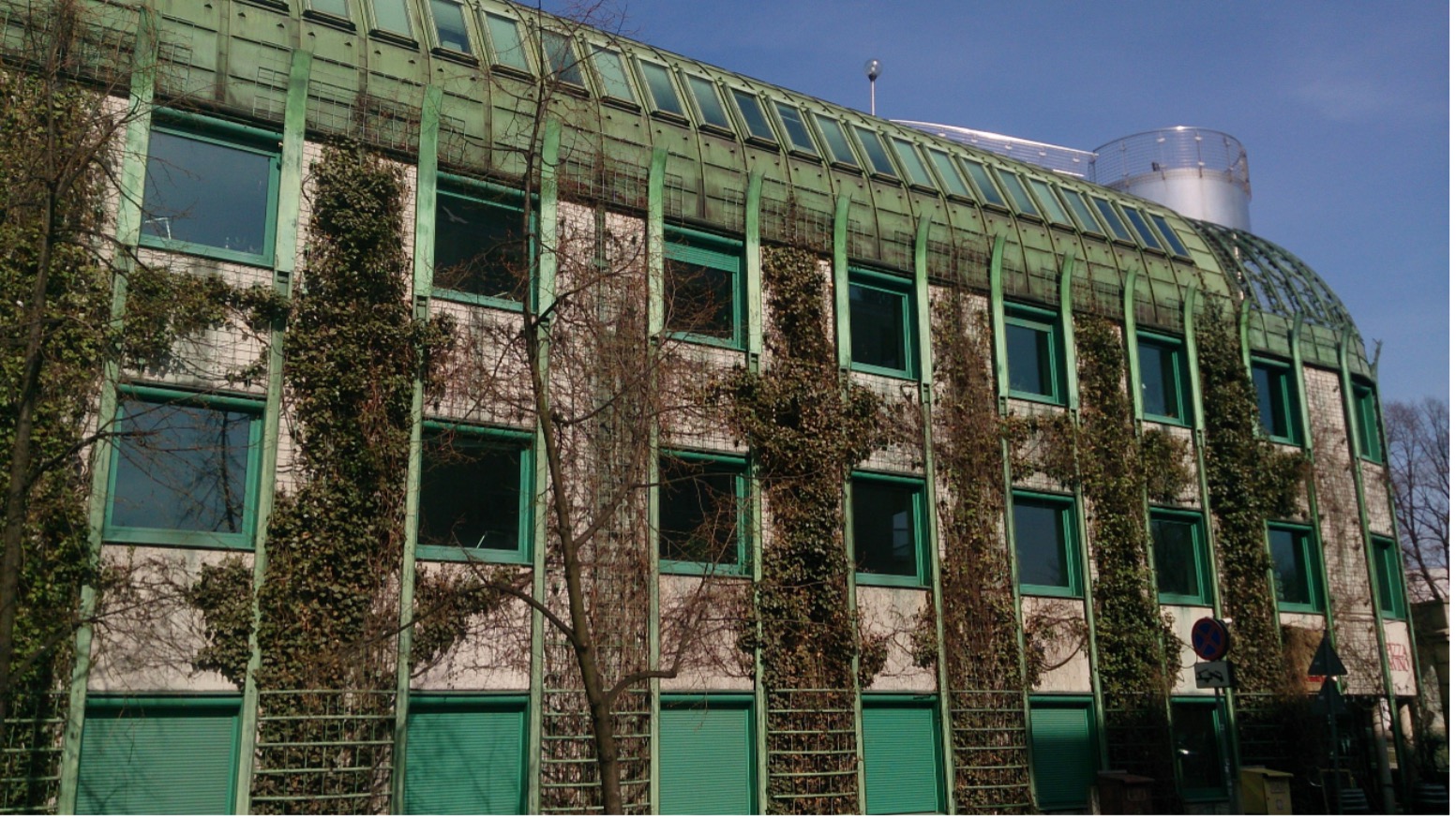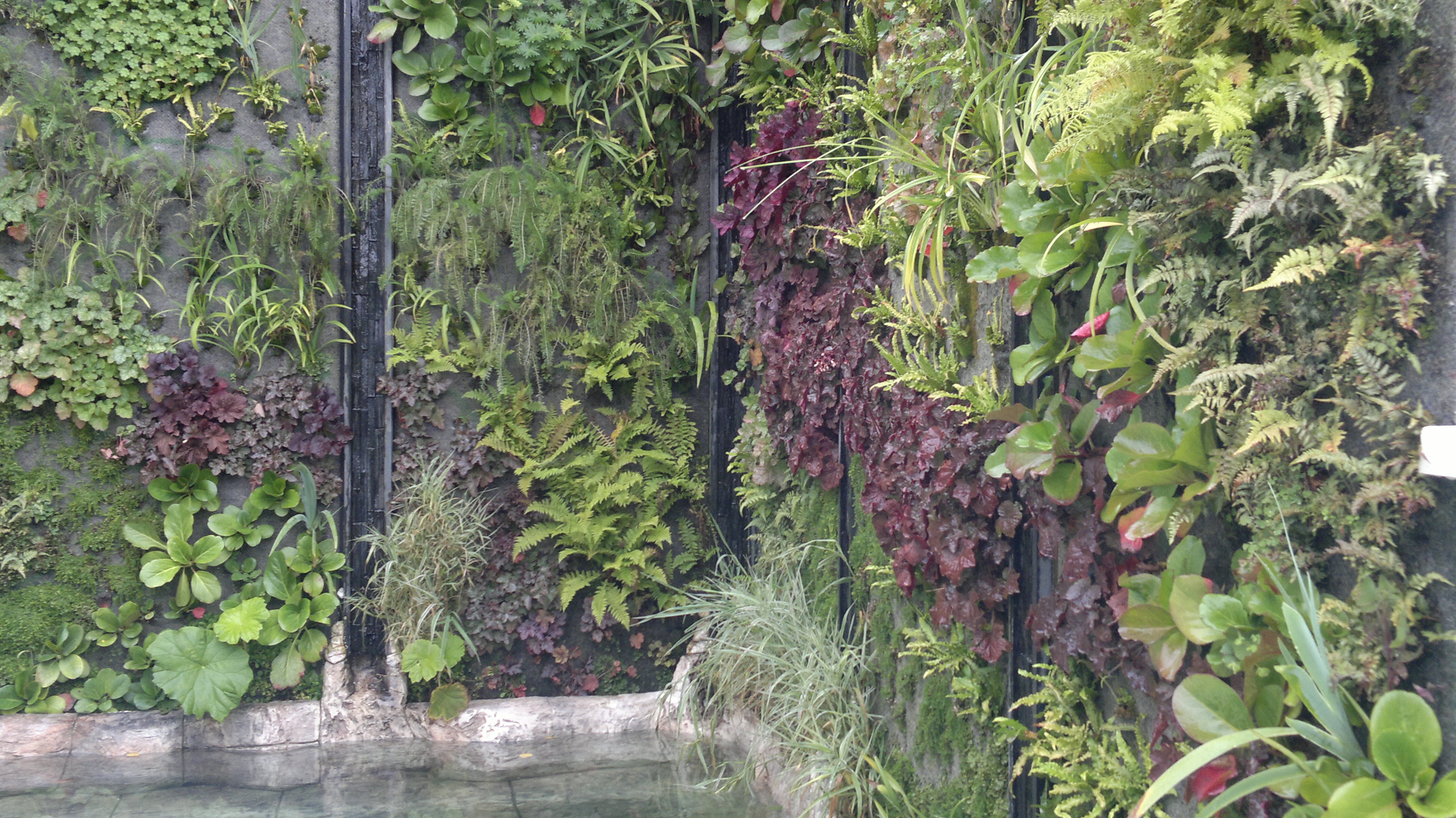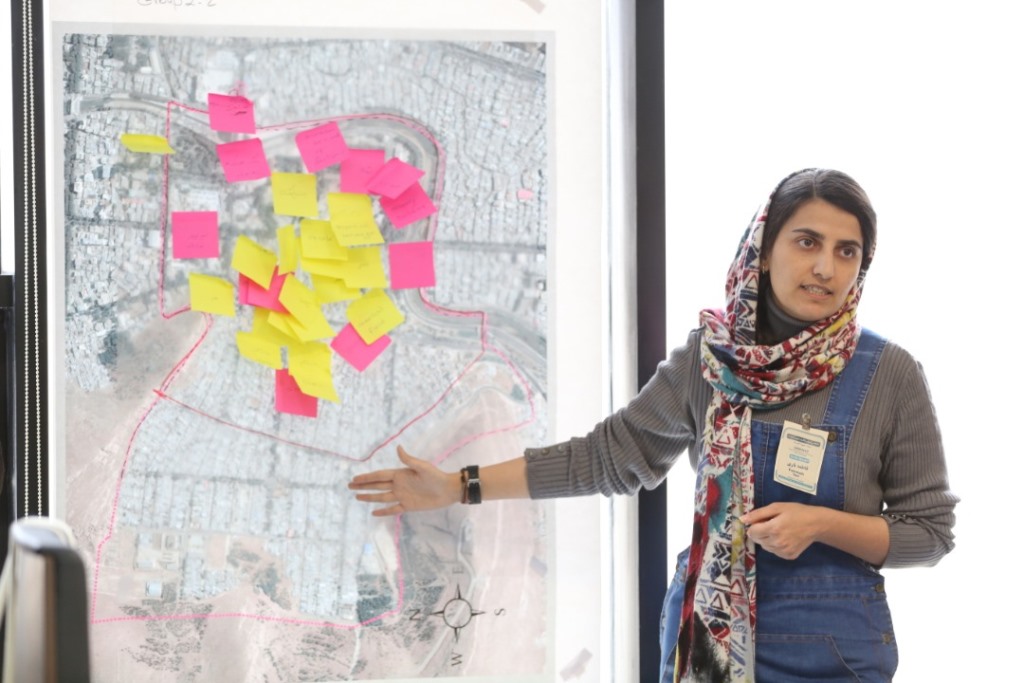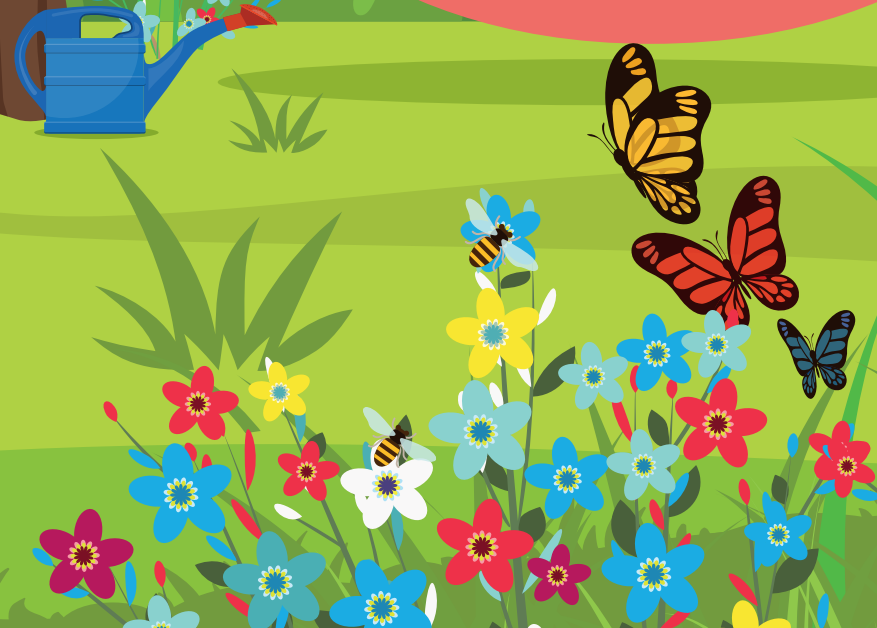Green Walls
CHALLENGES ADDRESSED
Score impact
Nature
Wellbeing
Health
Mobility
Participation
Economy
DESCRIPTION
Vertical green systems represent vertical surface with living plants. There are two main types of vegetated wall: traditional direct covering of a vertical surface and indirect vertical surface using additional support system to ensure air gap between the vegetation and the wall. An option to plant vegetation in planter boxes is implemented when the ground planting is not possible. Green walls have the potential to improve urban microclimate and visual site characteristics. They affect urban heat island by direct sunshade and by increasing air quality and humidity, improve acoustic environment and biodiversity. Green walls are relevant for compact city structure and areas with properties flanked by high solid fences. They can be used as noise and air pollutant screens, living elements in spatial organization of places, and for improving the aesthetics of a site.
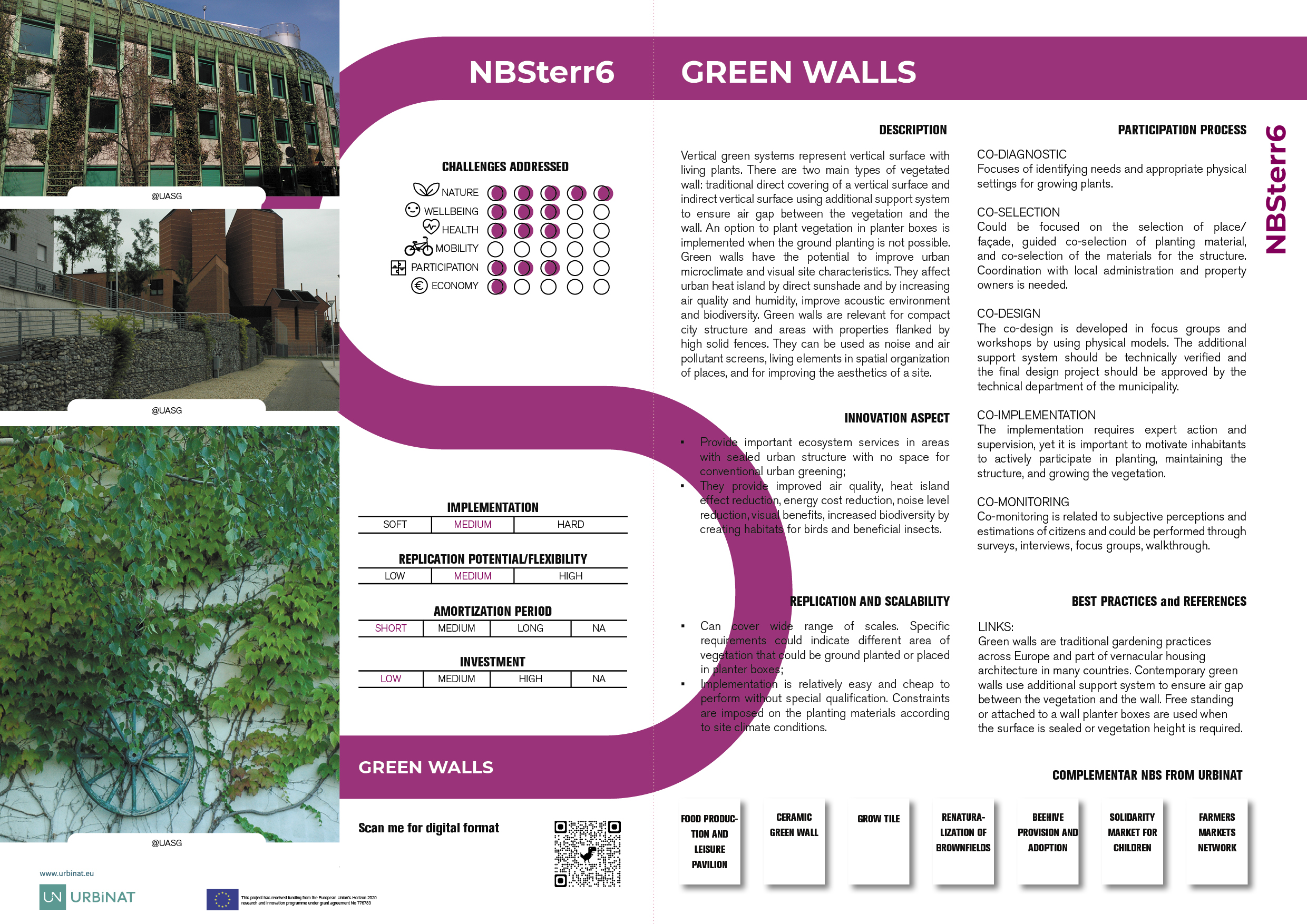
[PDF Download] Green walls
Vertical green systems represent vertical surface with living plants. There are two main types of vegetated wall: traditional direct covering of a vertical surface and indirect vertical surface using additional support system to ensure air gap between the vegetation and the wall. An option to plant vegetation in planter boxes is implemented when the ground planting is not possible. Green walls have the potential to improve urban microclimate and visual site characteristics. They affect urban heat island by direct sunshade and by increasing air quality and humidity, improve acoustic environment and biodiversity. Green walls are relevant for compact city structure and areas with properties flanked by high solid fences. They can be used as noise and air pollutant screens, living elements in spatial organization of places, and for improving the aesthetics of a site.
INNOVATION ASPECT
- Provide important ecosystem services in areas with sealed urban structure with no space for conventional urban greening;
- They provide improved air quality, heat island effect reduction, energy cost reduction, noise level reduction, visual benefits, increased biodiversity by creating habitats for birds and beneficial insects.
REPLICATION AND SCALABILITY
- Can cover wide range of scales. Specific requirements could indicate different area of vegetation that could be ground planted or placed in planter boxes;
- Implementation is relatively easy and cheap to perform without special qualification. Constraints are imposed on the planting.
PARTICIPATION PROCESS
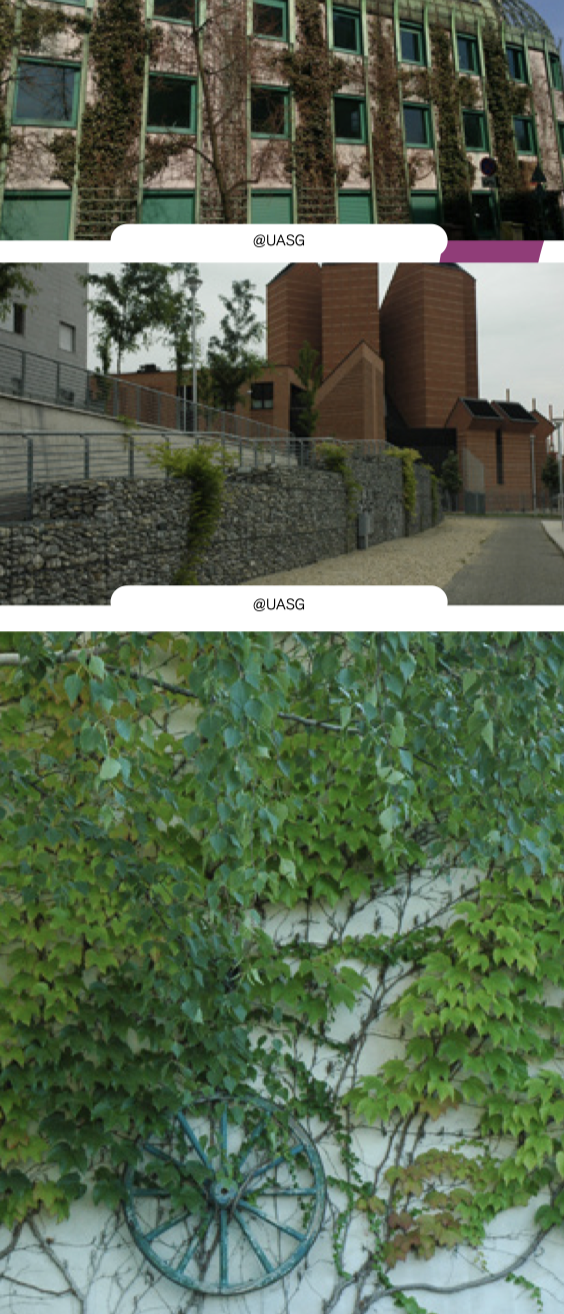
-
1
CO-DIAGNOSTIC
Focuses of identifying needs and appropriate physical settings for growing plants.
-
2
CO-SELECTION
Could be focused on the selection of place/ façade, guided co-selection of planting material, and co-selection of the materials for the structure. Coordination with local administration and property owners is needed.
-
3
CO-DESIGN
The co-design is developed in focus groups and workshops by using physical models. The additional support system should be technically verified and the final design project should be approved by the technical department of the municipality.
-
4
CO-IMPLEMENTATION
The implementation requires expert action and supervision, yet it is important to motivate inhabitants to actively participate in planting, maintaining the structure, and growing the vegetation.
-
5
CO-MONITORING
Co-monitoring is related to subjective perceptions and estimations of citizens and could be performed through surveys, interviews, focus groups, walkthrough.
Best Practices & References
Green walls are traditional gardening practices across Europe and part of vernacular housing architecture in many countries. Contemporary green walls use additional support system to ensure air gap between the vegetation and the wall. Free standing or attached to a wall planter boxes are used when the surface is sealed or vegetation height is required.


